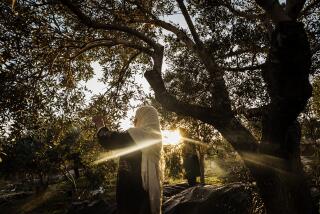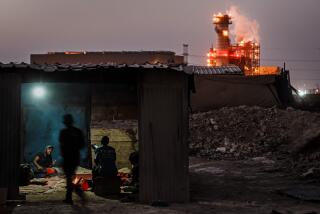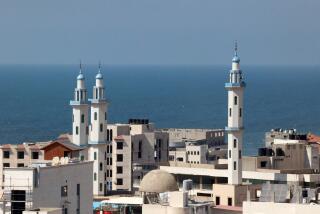A Line in the Sand
- Share via
It snakes its way through fields and farmland,
bisects shopping malls and street markets, winds through olive groves and rocky hillsides that are
probably little changed since biblical times.
The barrier that Israel began building in and around the West Bank in June 2002 is only about
one-quarter finished, but already it has left a profound imprint on the landscape -- physical as well as psychological -- on both sides of the Israeli-
Palestinian divide.
At some points in its planned 452-mile path, the barrier juts deeply into the West Bank; Palestinians say it also intrudes into their daily lives. Doctors are separated from patients, students from schools,
cousins from cousins, workers from livelihoods.
Israelis, too, say their lives have been shaped by the barrier, but mainly for the better. The wall is credited with reducing the number of attacks by suicide
bombers in Israeli cities and towns along the
completed portions.
Though many Israelis say they regret the hardships being faced by the Palestinians, they believe that such impositions are justified by their need for safety on buses, in pizza parlors, in cafes.
The barrier is a mix of wire fencing, patrol roads, watchtowers, razor wire and entrenchments. Only about 5% of it is concrete wall, but it is these bleakest expanses -- graffiti-covered blocks more than two
stories high that dwarf the humans in their shadow -- that have come to symbolize the depth of the divide between the two sides.
Palestinians insist that they will continue to fight the barrier by any means they can: in legal forums such as the International Court of Justice in The Hague, which recently heard three days of arguments on the issue; with street protests that at times have turned violent; and in negotiations, should the two sides resume talks.
Israel says that although the barrier’s route may change, the need for it -- at least for now -- has not.
More to Read
Sign up for Essential California
The most important California stories and recommendations in your inbox every morning.
You may occasionally receive promotional content from the Los Angeles Times.












